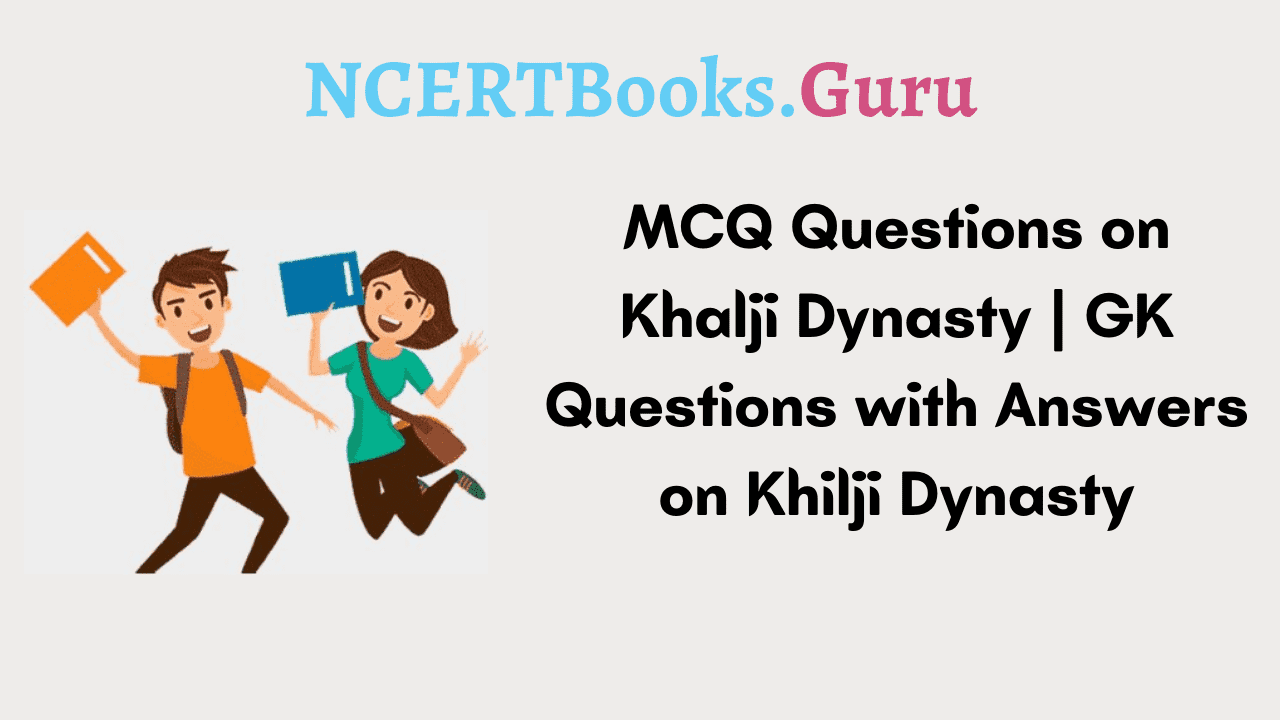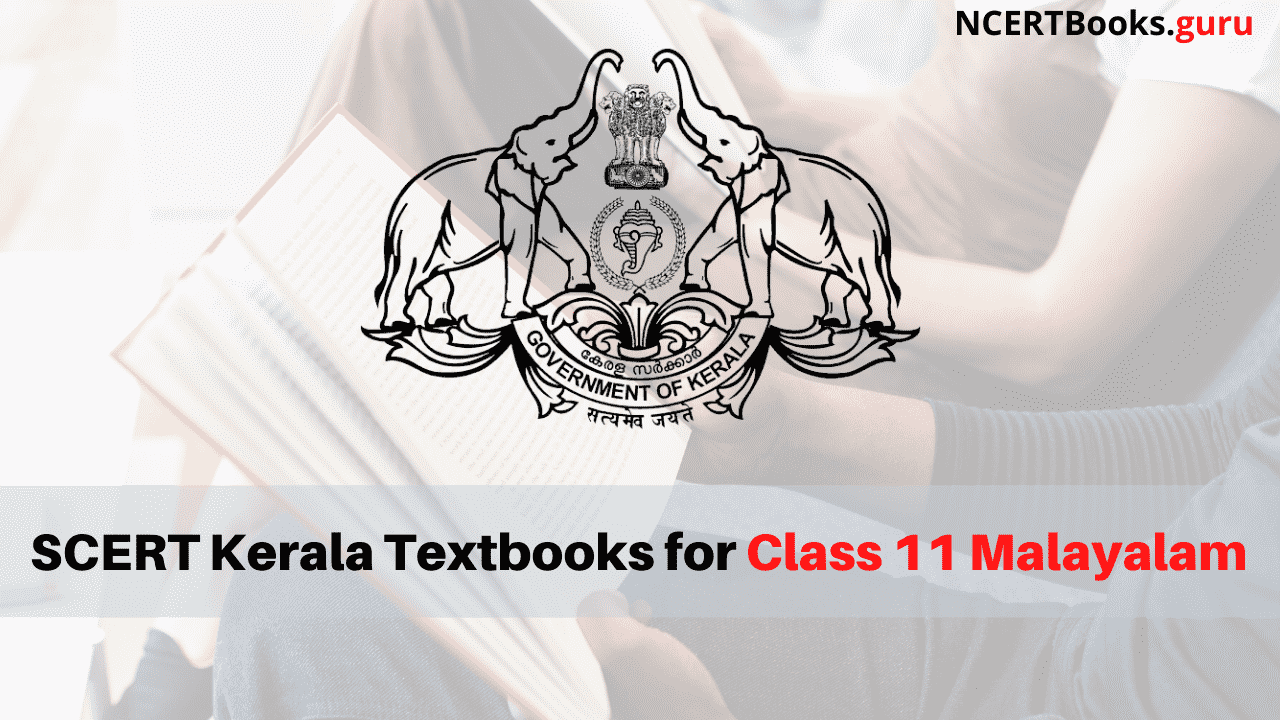Knowing about Khalji Dynasty is important for students as a part of their History Preparation for many Competitive Exams. This article will brief you on the most Important Objective Questions on the Khilji Dynasty of Delhi Sultanate that you need to practice. Enhance your speed and accuracy in real-time tests by answering from the MCQ on Khilji Dynasty. Along with the Khalji Dynasty MCQs quiz, we provide answers with straightforward explanations and this is what makes us unique from the rest of the people.
Khalji Dynasty History Multiple Choice Questions and Answers
1. The two principal monuments of Alauddin Khalji reign – the Alai Darwaza and Jama Masjid at Khana – were constructed at
A. Agra
B. Delhi
C. Fatehpur Sikri
D. Gulbarga
Answer
Answer: Option B
Explanation : The Alai Darwaza is the main gateway from southern side of the Quwwat-ul-Islam Mosque. It was built by the second Khalji Sultan of Delhi, Ala-ud-din Khalji in 1311 AD, who also added a court to the pillared to the eastern side.
2. Who is regarded as the second Alexander?
A. Jalaluddin Khalji
B. Mubarak Khalji
C. Khusru Khan
D. Alauddin Khalji
Answer
Answer: Option D
Explanation : Alauddin Khilji wanted to be a world conqueror. In his coins he depicted himself as Sikaiidar-i Sam, meaning Second Alexander. So he is known as Second Alexander of India.
3. The Market Regulation system was introduced by
A. Muhammad-bin-Tughlaq
B. Iltutmish
C. Alauddin Khalji
D. Ghiyasuddin Tughlaq
Answer
Answer: Option C
Explanation : In the early 14th century, the Delhi Sultanate ruler Alauddin Khalji (r. 1296-1316) instituted price controls and related reforms in his empire. Alauddin’s courtier Amir Khusrau states that Alauddin’s objective the welfare of the general public. However, Ziauddin Barani (c. 1357) states that the Sultan’s objective was to subjugate the Hindus and to maintain an unprecedentedly large army (the low prices would make low salaries acceptable for the soldiers). Alauddin fixed the prices for a wide range of goods, including grains, cloth, slaves and animals. He banned hoarding and regrating, appointed supervisors and spies to ensure compliance with the regulations, and severely punished the violators. The reforms were implemented in the capital Delhi, and possibly, other areas of the Sultanate. They were revoked shortly after Alauddin’s death, by his son Qutbuddin Mubarak Shah.
4. Assertion (A): Alauddin Khalji imposed price control in Delhi.,Reason (R): He wanted to pay lower wages to artisans building his palaces in Delhi.
A. Both A and R are true and R is the correct explanation of A
B. Both A and R are true but R is not a correct explanation of A
C. A is true but R is false
D. A is false but R is true
Answer
Answer: Option C
Explanation : Alauddin fixed the prices for a wide range of goods, including grains, cloth, slaves and animals. He banned hoarding and regrating, appointed supervisors and spies to ensure compliance with the regulations, and severely punished the violators.
5. The ‘Kirti Stambha’ (Tower of Victory) at Chittor was built by
A. Rana Pratap
B. Rana Kumbha
C. Rana Sanga
D. Bappa Raval
Answer
Answer: Option B
Explanation : Kirti Stambha (Chittorgarh, Rajasthan) was built by Rana Kumbha to commemorate his victory against Mahmmud Khalji of Malwa.
6. Who was the ruler of Chittor, when Alauddin Khalji attacked and conquered it in 1303 AD?
A. Rana Kumbha
B. Rana Ratan Singh
C. Rana Hammir
D. Rana Sanga
Answer
Answer: Option B
Explanation : Rana Rawal Ratan Singh was the Rajput ruler of Chittor kingdom & the last king of Guhila dynasty.He was having 2 wives Saraswati & Padmini. He was a valiant king & fully devoted towards his duties as a king. People of his kingdom loved him as their king. Also he was a brave Rajput warrior. Allaudin attacked on Chittor in 1303 & Rana Rawal Ratansingh was patronised as a king of Chittor in 1302.
7. It is said that Muhammad-bin-Bakhtiyar Khalji, one of the commanders of Muhammad Ghuri, conquered Nadia (one of the capitals of Bengal) with only 18 horsemen. The king of Bengal who then fled barefoot from his palace was
A. Samantasena
B. Hemantasena
C. Ballalasena
D. Lakshamanasena
Answer
Answer: Option D
Explanation : The king of Bengal who then fled barefoot from his palace was Lakshamanasena. Lakshmana Sena, also called Lakshman Sen in modern vernaculars, was the ruler from the Sena dynasty of the Bengal region on the Indian subcontinent. His rule lasted for 28 years; and extended to much of the eastern regions of the Indian subcontinent, notably Bengal and Bihar regions.
8. What do you consider to be the least important cause for Alauddin’s south Indian campaigns?
A. Political condition of South India
B. Imperialism
C. Fabulous wealth
D. Religion
Answer
Answer: Option D
Explanation : Religion is considered to be the least important cause for Alauddin’s south Indian campaigns.
9. The famous Kohinoor diamond was produced from one of the mines in
A. Orissa
B. Chota Nagpur
C. Bijapur
D. Golconda
Answer
Answer: Option D
Explanation : The Golconda fort used to have a vault where once the famous Kohinoor and Hopediamonds were stored along with other diamonds. Golconda was once renowned for the diamonds found on the south-east at Kollur Mine near Kollur (modern day Guntur district), Paritala (modern day krishna district) and cut in the city during the Kakatiya reign. At that time, India had the only Known diamond mines in the world.
10. The Khalji Sultans of Delhi were
A. Mongols
B. Afghans
C. Turks
D. A Jat tribe
Answer
Answer: Option C
Explanation : Qutub-Din-Aibak, a former Turkic Mamluk slave of Muhammad Ghori, was the first sultan of Delhi, and his Mamluk dynasty conquered large areas of northern India.
11. Alauddin Khalji’s commander who led the campaign to South India was
A. Alpkhan
B. Ulugh Khan
C. Nusarat Khan
D. Malik Kafur
Answer
Answer: Option D
Explanation : Malik Kafur was a eunuch slave who became a general in the army of Alauddin Khilji, ruler of the Delhi sultanate from 1296 to 1316 A.D. He was originally seized by Alauddin’s army after the army conquered the city of Khambhat.
12. Alauddin Khalji rigidly enforced ‘market control’ or economic regulations for
A. building up a large and contented army with small salaries
B. the general welfare of the people
C. both (a) and (b) above
D. curbing dishonest merchants and traders
Answer
Answer: Option C
Explanation : Though Alauddin Khilji’s market reforms were oriented more towards administrative and military necessities than internal restructuring but he adopted a holistic approach to see the reform working properly. That is why he did not control the price of essential commodities only, for those meant for direct use by the military.vInstead he tried to control the price of everything from caps to socks, from combs to needles, vegetables, sweet meats to chapatis etc. Such widespread centralised control was found to influence every section of the society.
13. The Delhi General who successfully adavanced up to Madurai was
A. Khizr Khan
B. Muhammad Ghori
C. Malik Kafur
D. Muharnmad-bin-Tughlaq
Answer
Answer: Option C
Explanation : Malik Kafur was the slave general of the sultan Alauddin Khalji. He won for him the deccan Territory of Devagiri, Madurai, Warangal and Dwarasamudra. Malik Kafur, also known as Taj al-Din Izz al-Dawla, was a prominent eunuch slave-general of the Delhi Sultanate ruler Alauddin Khalji. He was captured by Alauddin’s general Nusrat Khan during the 1299 invasion of Gujarat, and rose to prominence in the 1300s.
14. Which is the correct chronological sequence of the following Sayyid rulers of Delhi? ,I. Muhammad Shah,II. Alauddin Alam Shah,III. Mubarak Shah,IV. Khizr Khan
A. IIIIIIIV
B. IVIIIIII
C. IVIIIIII
D. IVIIIIII
Answer
Answer: Option B
Explanation : The correct chronological sequence of the following Sayyid rulers of Delhi was Khizr Khan, Mubarak Shah, Muhammad Shah, Alauddin Alam Shah. Sayyid Khizr Khan ibn Malik Sulaiman (reigned 28 May 1414 – 20 May 1421) was the founder of the Sayyid dynasty, the ruling dynasty of the Delhi sultanate, in northern India soon after the invasion of Timur and the fall of the Tughlaq dynasty. Qutb-ud-din Mubarak Shah Khalji (r. 1316–1320) was a ruler of the Delhi Sultanate of present-day India. A member of the Khalji dynasty, he was a son of Alauddin Khalji. Nasir-ud-Din Muḥammad Shah was Mughal emperor from 1719 to 1748. He was son of Khujista Akhtar, the fourth son of Bahadur Shah I. With the help of the Sayyid brothers, he ascended the throne at the young age of 17. Alam Shah (r. 1445–1451) was the fourth and last ruler of the Sayyid dynasty which ruled the Delhi Sultanate. Born Ala al-Din, he succeeded his father, Muhammad Shah to the throne and took on the regnal name of Alam Shah (“world king”).
15. The capital of the Yadava rulers was
A. Dwarasamudra
B. Warangal
C. Kalyani
D. Devagiri
Answer
Answer: Option D
Explanation : The Seuna, Sevuna or Yadavas of Devagiri (c. 850–1334) was an Indian dynasty, which at its peak ruled a kingdom stretching from the Tungabhadra to the Narmada rivers, including present-day Maharashtra, north Karnataka and parts of Madhya Pradesh, from its capital at Devagiri (present-day Daulatabad in modern Maharashtra).
16. What was the religion of Malik Kafur before he entered the service of Alauddin?
A. Zoroastrianism
B. Hinduism
C. Buddhism
D. Jainism
Answer
Answer: Option B
Explanation : Malik Kafur (died 1316), also known as Taj al-Din Izz al-Dawla, was a prominent eunuch slave-general of the Delhi Sultanate ruler Alauddin Khalji. He was captured by Alauddin’s general Nusrat Khan during the 1299 invasion of Gujarat, and rose to prominence in the 1300s. The religion of Malik Kafur before he entered the service of Alauddin was Hinduism.

